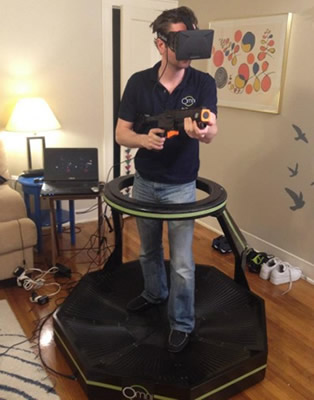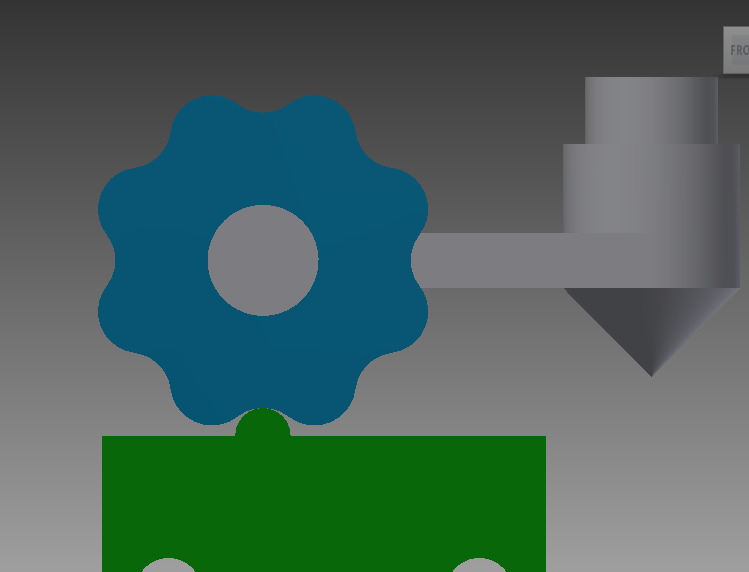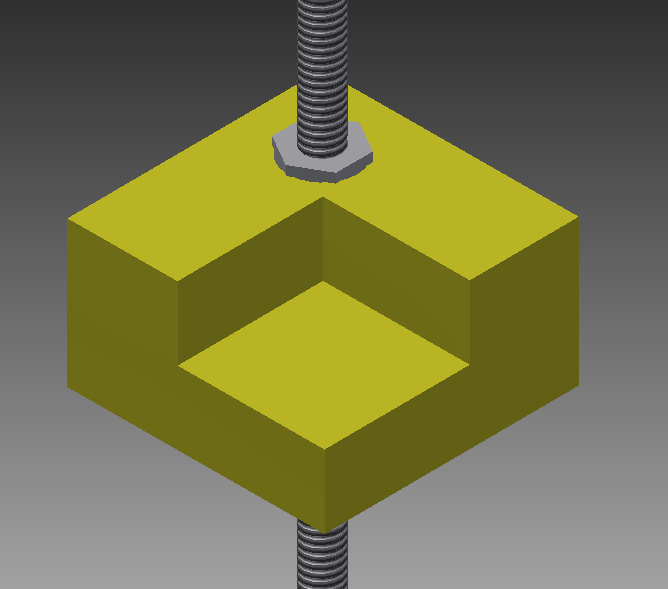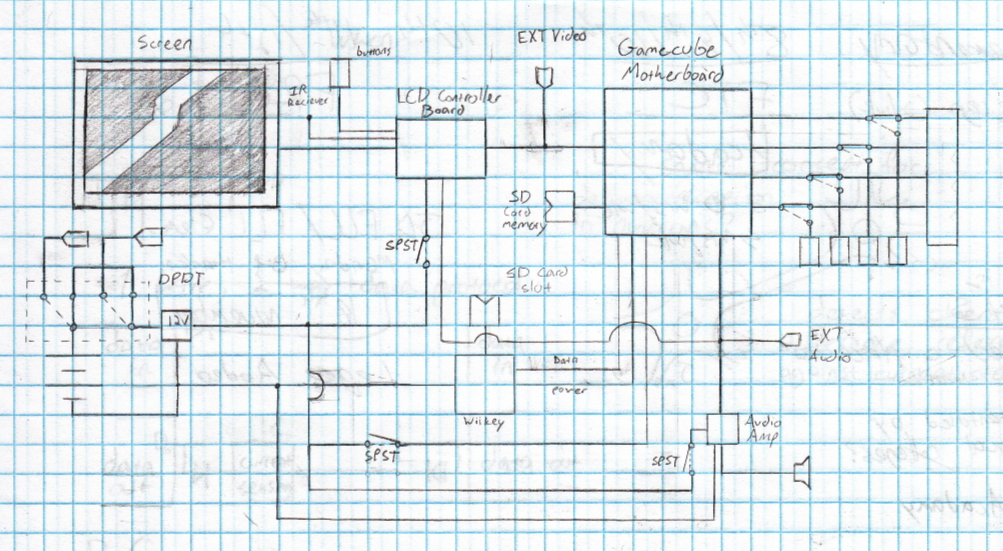I bought a Bug.
Model Year: 1967
Engine: 60 Horsepower, 1500 cc
Notes: was totaled, reworked, given a '65 front end.
I just acquired this beautiful old fellow, who I have elected to name Jasper, for $1800 from a gentlemen in Idaho. His current condition is rather poor, being riddled with rust, rot, dents, and with a laundry list of different bits and bobs that need replacing or repair. However, I am glad I got him, as I have long since dreamed of owning a bug. To me, there is something innately satisfying in owning something that you can completely understand, and I find it immensely helpful - if not absolutely necessary - to understand a tool or machine in order to trust it to do a job to my standards and, in this case, not put me in danger due to the shoddy quality of someone else's work. Not only that, but a bug is also the pinnacle of German engineering, being sturdy, economical, repairable, well-documented, and well-performing. I expect this vehicle not only to become an extension of my hobbies, capabilities, and personality, but also to serve as a constant reminder of the immense and beautiful impact of truly great engineering.
Alright alright, now enough with highfallutin' philosophy of this that and the other. The current driving condition is fairly good, as the engine was just resealed (which is different from being rebuilt) and there was some work done on the transmission. However, the gear shift is surprisingly floppy, even when engaged and driving, which leads me to believe that I may be replacing or creating parts for it in the near future. for now, though, it drives just fine with the flop.
Another part of the power train that bothers me somewhat is that when idling in first gear or in reverse gear, it lurches, and badly. One of my contacts, a former Bugsman himself back in the day, warns me that it may be slipping clutch plates. However, it may also be that I'm riding the E (or R, for accuracy) on my fuel gauge, which can lead to the same thing. Once I have it tagged and insured, I'll get it to the gas station and make sure that my thousand-dollar problem isn't just a twenty-dollar tank of gas.
On the subject of gas, it does smell a bit odd when driving. This could be due any number of things:
A bad seal on one or more of the pistons is causing me to burn oil,
Bad timing of the distributor is giving me an incomplete burn,
a leak in the fuel line is dripping gas somewhere(!),
I'm over examining a fifty year old car.
whatever the case, only time and a second set of nostrils can tell.

The whole front interior.
furthermore, The electrical systems are in dire need of rewiring...


Here we see Blegh and Ew, respectively.
Just redone it my ass. I really should have paid more scrutiny to what the guy was selling. However, I was always planning on dong my own custom fun with the electrical, so its not like this is TOO much extra work.
Here you may enjoy pictures of problem areas of the interior:

Replacement pads en route.

My corroded mirror. I already ordered a new one,
that will get its own post later to compare authenticity...
Also, excuse the quality, I was using an Apple product.

I hear that they were not terribly well made to begin with,
so I would have ended up redoing it anyway.

All the rubber seals need redoing.
However, the side glass is actually original,
which is not terribly common.

This will all get done after the seals,
so that I know it wont get damaged by weather.


I already ordered a new shifter assembly, because it
was the only way I could find the original-style rubber boot.
I haven't yet decided if I'm going to restore or replace the E-brake.
It depends on how much re-chroming costs.
[engine holes]
This may very well wait a year or more,
depending on when my budget and tooling allows me
the ability to pull out the engine and redo the whole
ventilation and heating system.
That just about covers the bulk of it. When winter ends, I plan on putting stock tires on, as the ones I have are too large and rub on tight turns. During the electrical overhaul, which is not yet fully planned out, I will be replacing all the lights with LED's, and possibly adding in some computerization. I do plan on putting in a sound system, and the ultimate fate of the back seat is as-of-yet undecided.
Well, I think I'm done for the night. It's 3 AM, and I've damn near written about every possible part of the project that I could. Thank you, dear Reader, for your time and attention. This is John and Jasper, signing off for the evening. Good night.












